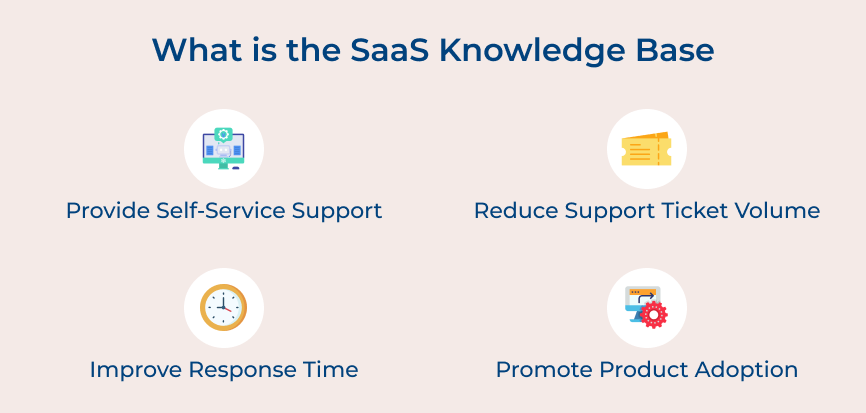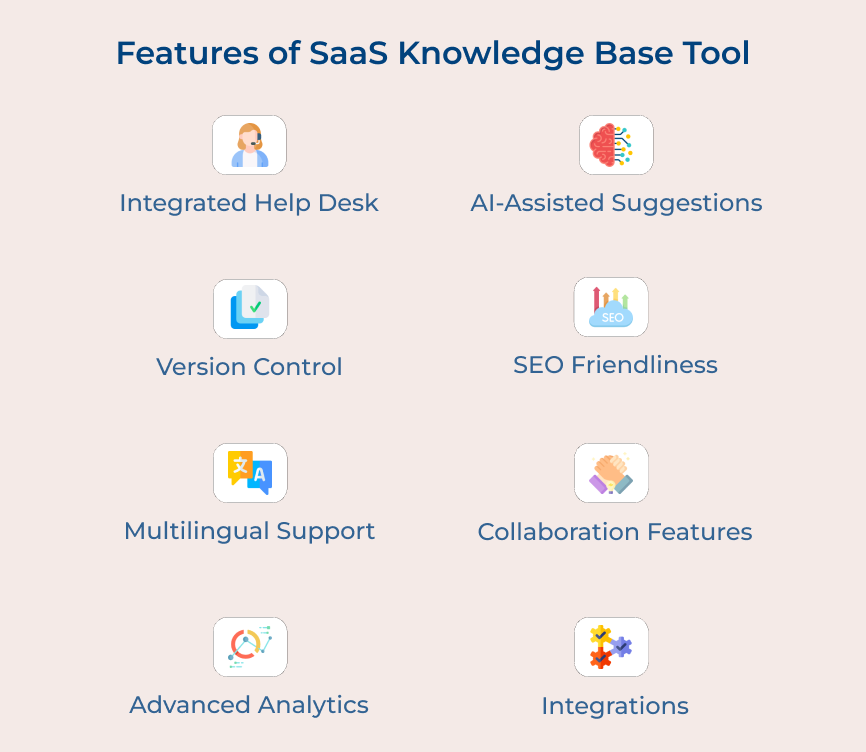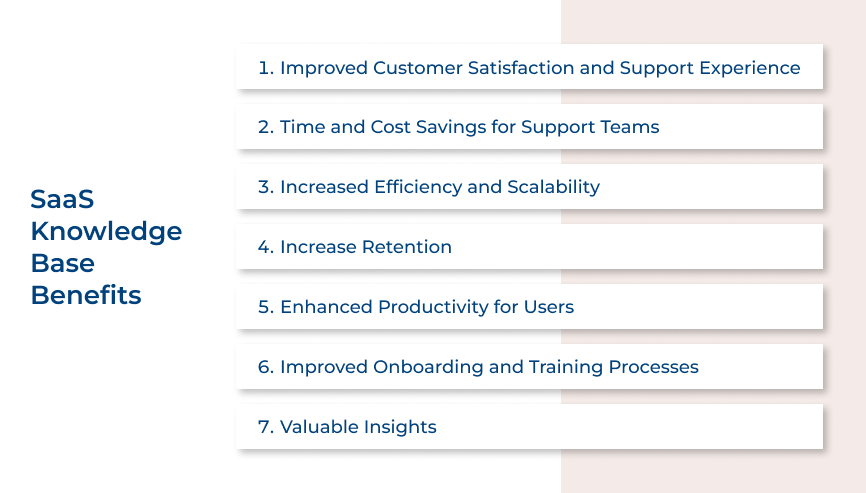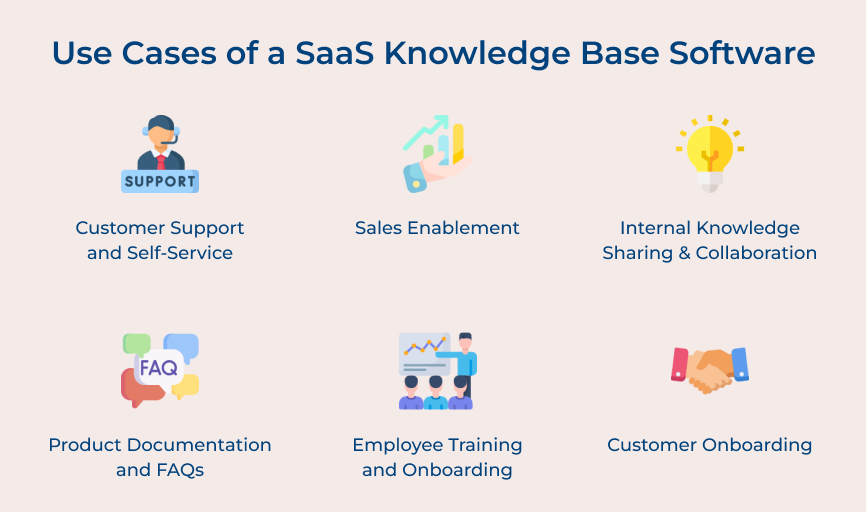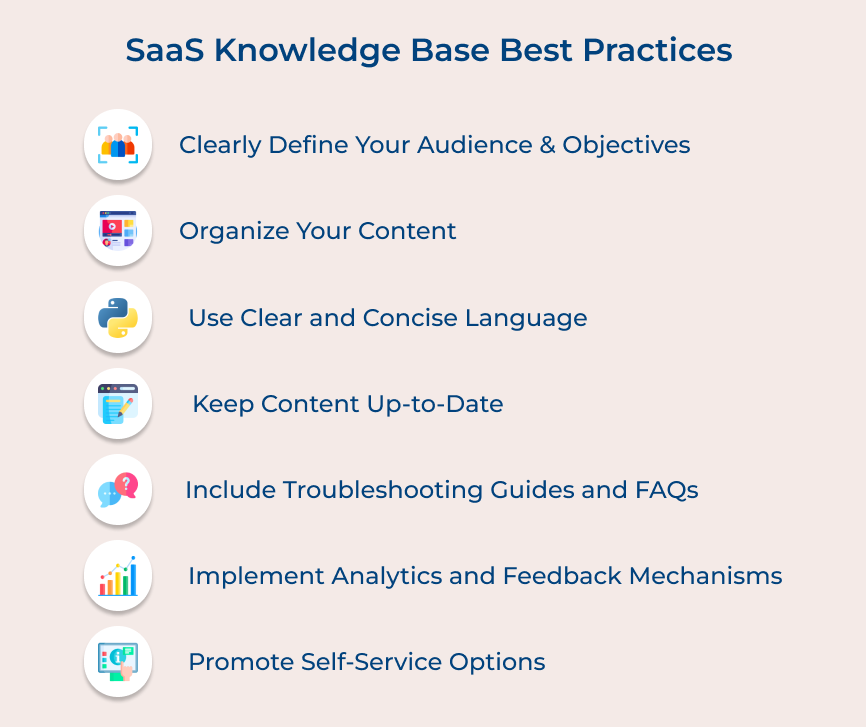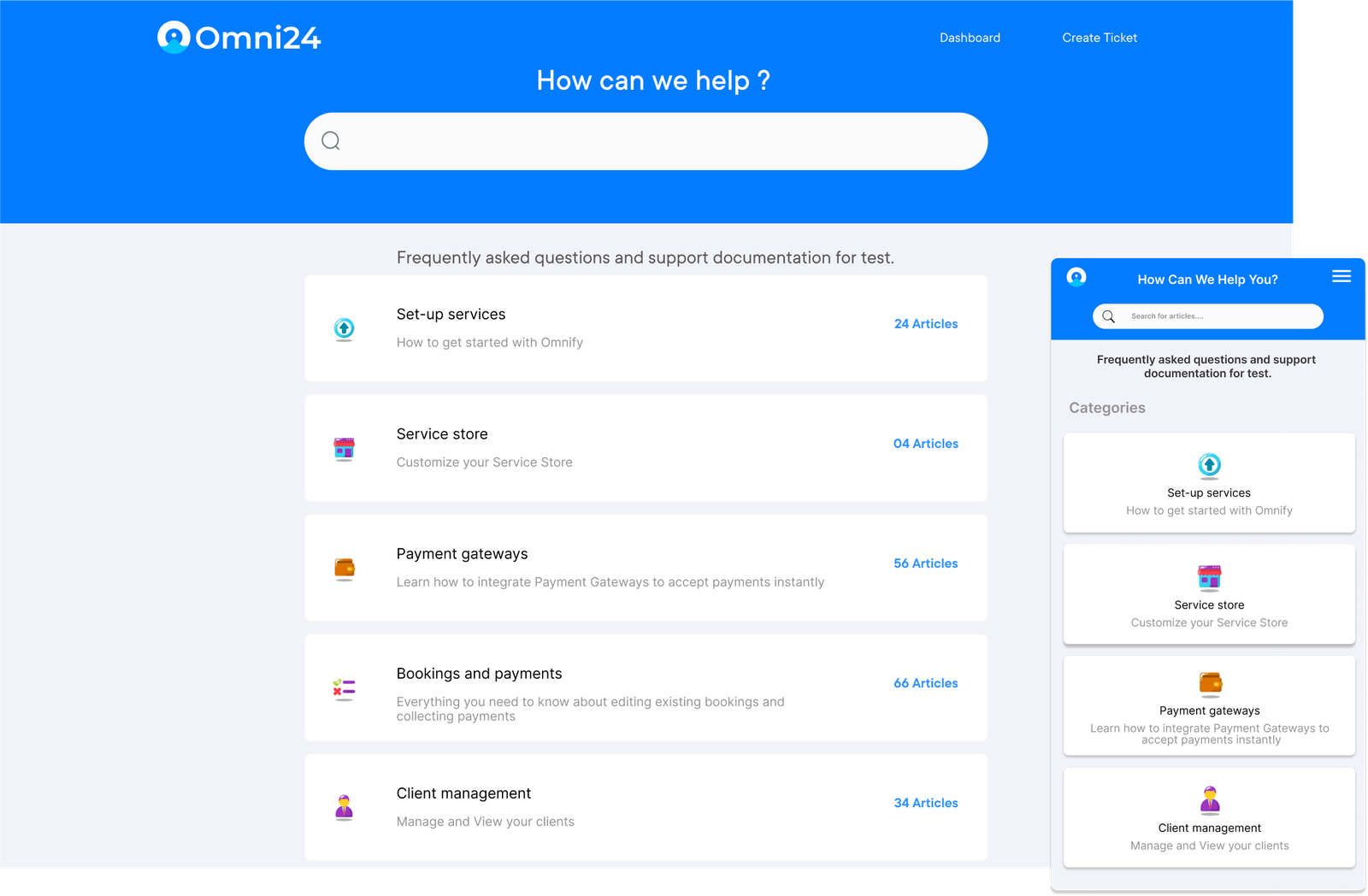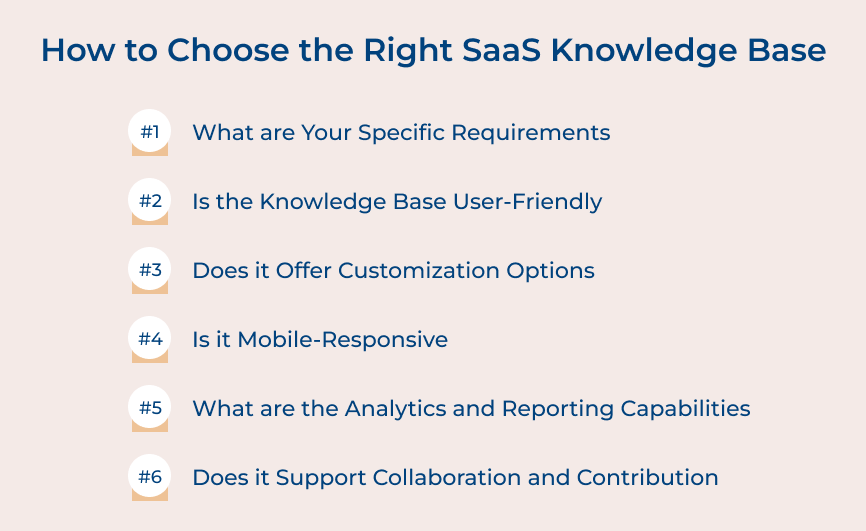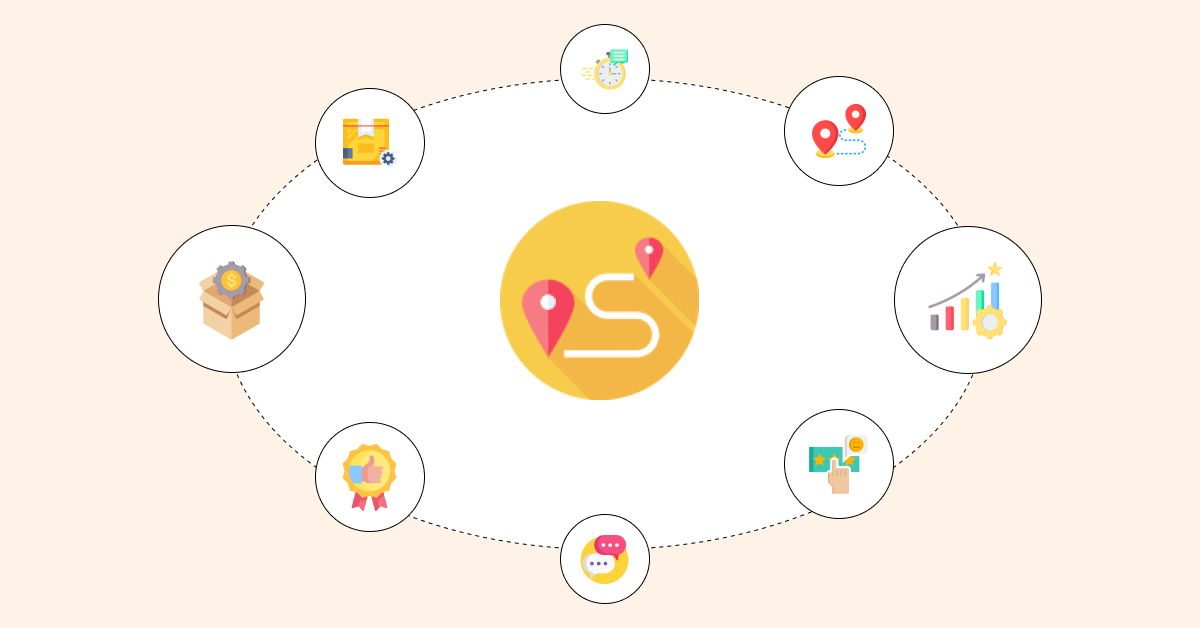1. Clearly Define Your Audience & Objectives
Before diving into creating your knowledge base, it’s essential to have a clear understanding of the target audience. Consider their technical abilities and specific pain points they might encounter while using the solution. Tailor the knowledge base content to address their specific needs and ensure it is easily understandable for users with varying levels of technical knowledge.
Imagine you’re a SaaS company offering project management software. Your knowledge base starts by identifying two distinct user groups: novice project managers and experienced professionals. Novices may struggle with basic task management, so your knowledge base includes step-by-step guides and explanatory videos.
2. Organize Your Content
A well-organized knowledge base is critical for easy navigation and efficient problem-solving. Divide your content into logical categories and subcategories, making it intuitive for users to find the information they need. Utilize a search function and incorporate relevant keywords to improve searchability. Create a table of contents or an index for quick access to specific topics.
Imagine you’re a customer support SaaS provider. Your knowledge base follows a well-structured hierarchy. It has categories like “Getting Started,” “Advanced Features,” and “Billing & Subscriptions.” Within the categories, you’ve created subcategories for each module of the software. Users can effortlessly navigate to their specific issues, aided by a search function and keywords.
3. Use Clear and Concise Language
Avoid technical jargon and complex explanations when creating content for your knowledge base. Use clear language, ensuring that instructions and explanations are easy to understand for users with limited technical knowledge. Consider including visuals, such as screenshots or videos, to further assist users in grasping the information.
Picture a SaaS company specializing in cloud storage. Your knowledge base presents simple instructions without jargon. For instance, you explain data backup in plain language and accompany it with clear, annotated screenshots showing the steps. The content avoids tech-heavy terminology and ensures that even non-technical users can easily grasp the concepts.
4. Keep Content Up-to-Date
A knowledge base is only as effective as the information it provides. Regularly review and update your content to reflect any changes or updates to your SaaS product. Keep track of commonly asked questions from your customers and address them in your knowledge base to proactively assist users. Encourage feedback from customers to identify areas where your knowledge base may need improvement or clarification.
Consider an email marketing SaaS platform. You regularly update your knowledge base with the latest email marketing best practices, platform feature updates, and troubleshooting tips. When customers report common issues, your knowledge base promptly addresses them, minimizing the need for repetitive customer support inquiries.
5. Include Troubleshooting Guides and FAQs
Users often turn to a knowledge base when they encounter issues or have questions about your SaaS product. Include comprehensive troubleshooting guides and frequently asked questions (FAQs) to address common problems. Provide step-by-step instructions, accompanied by screenshots or videos if necessary, to guide users through the troubleshooting process.
Imagine you offer a SaaS CRM solution. Your knowledge base contains detailed troubleshooting guides for issues like syncing problems or contact imports. There’s a comprehensive FAQ section covering topics such as account setup, data migration, and customization. Users can follow step-by-step instructions with accompanying visuals to resolve common challenges.
6. Implement Analytics and Feedback Mechanisms
Analyze how customers are using your knowledge base to identify trends and make necessary improvements. Are users finding the information they need? Are there particular topics or sections that receive a higher volume of traffic? Gaining insights into user behavior and preferences helps optimize the knowledge base for a better user experience.
As a SaaS provider for e-commerce websites, you use analytics to track knowledge base usage. Insights reveal that customers frequently visit the “Payment Gateway Integration” section. Using this data, you improve that section’s content and expand related topics. Gather user feedback through a simple rating system as it will help you identify areas for improvement and enhance the overall user experience.
7. Promote Self-Service Options
While a knowledge base is invaluable for self-service support, ensure that your customers are aware of its existence and how to access it. Promote your knowledge base through various channels, such as your website, email communications, and within your SaaS product itself. Consider implementing chatbots or virtual assistants that can suggest relevant knowledge base articles to users in real-time.
Imagine you offer HR software as a service. To promote self-service, the website prominently features a “Help Center” link, and within the software interface, a chatbot proactively suggests knowledge base articles when users encounter common issues. Regular email newsletters also highlight the value of the knowledge base.
7 Best SaaS Knowledge Base Tools & Platforms
Following are the top-rated SaaS knowledge base platforms and tools solutions that empower businesses to create comprehensive knowledge bases:
Veemo Support
Best knowledge base software to boost customer engagement






